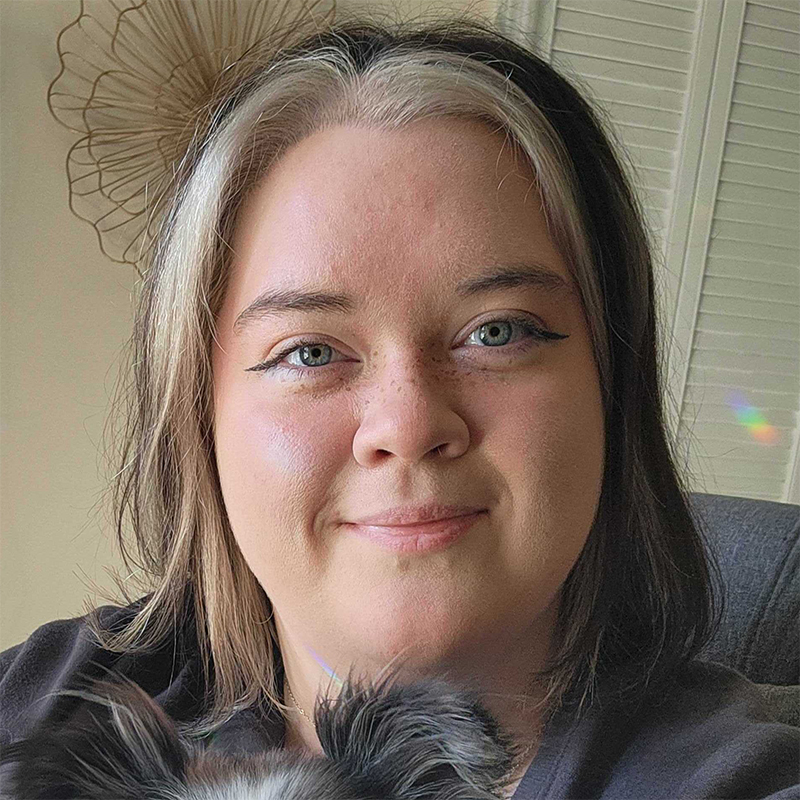Learning to read can be challenging for many kids. Reading programs are all over the internet that are either web-based or that can be ordered online, but it can be difficult to choose the right one. Which ones are accredited? Which ones work best with children? Here are the top 10 reading programs for children that will teach them phonemic awareness, phonics, fluency, vocabulary, and comprehension.
- Success for All
This program focuses on a classroom instructional process along with tutoring. It provides extensive school staff training and materials focused on cooperative learning, phonics, and a rapid instruction pace. This program is used by school districts in classroom settings, but it can be requested by parents. The foundation also provides funding for low-income schools. - Corrective Reading
This McGraw-Hill creation is a highly structured, phonetic approach to reading instruction. Step-by-step instructions assist in building reading comprehension skills. It is a powerful Direct Instruction remedial series that addresses several issues struggling readers encounter. It’s also backed by the National Institute for Direct Instruction. While it’s taught in school classrooms, it’s also available for small group settings. - Peer Assisted Learning Strategies
Peer Assisted Learning Strategies (PALS) is a highly effective program currently used by many school districts. It’s backed by clear research published in several academic journals such as the Journal of Learning Disabilities and Teaching Exceptional Children. PALS is available for kindergarten through 6th grade, and it can be used in schools as well as independently. - Reading Recovery
This tutoring program is designed to assist 1st-grade readers who are in the lower 20% of their class. It provides supplemental tutoring in addition to students’ regular reading classes. You can purchase the materials without having to go through a school district, though it’s most effective when used by classroom teachers or reading specialists. The program is a little pricey, but members of the Reading Recovery Council of North America get a discount. - Targeted Reading Intervention
Whether you’re a parent or part of a school, Targeted Reading Intervention is for you. Designed by the University of North Carolina at Chapel Hill, this program is based on a one-on-one model where parents or teachers work with students to improve their reading. This program focuses on re-reading for fluency, word work, and guided oral reading. - Quick Reads
Quick Reads is by Pearson, and it is designed to help students in grades two through six. Quick Reads is a supplementary program that increases fluency, builds vocabulary, and provides background knowledge. It also works to improve reading comprehension. To choose your materials, select your state, and you will see a list of programs in your area. It also has AP Honors and elective programs for students. - Touchphonics
Touchphonics helps at-risk students with an alternative approach to phonics, word structure, and spelling. It’s unique in that it uses all of the senses to help learning. Students link sounds to letters, recognize patterns, and build words before they learn to read them in context. The program is directed toward students in kindergarten through 5th grade. - Headsprout
This reading program assists kindergarten through 5th-grade students. It teaches reading fundamentals and comprehension skills to help students become better readers. The program adapts to each student’s needs and has been proven to improve test scores and literacy rates. This program is great for teachers and parents alike. - Read Well
Read Well was developed by Voyager Sopris Learning. This program is based on the idea that all students can read well given the proper instruction. It is designed for kindergarten through 3rd-grade students and teaches them to read systematically. It also offers comprehensive training and support. - Read Naturally
This program is a small group supplementary program that focuses on building fluency in students who are struggling with reading. Students begin their journey with a “cold read” in which they read aloud with little or no rehearsal. Then they practice with audiotapes until they reach their individual goals. This program is useful for students in kindergarten up to 12th grade. You can learn more about this program on YouTube.



